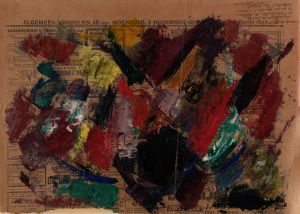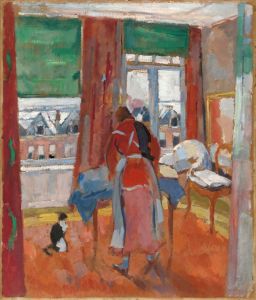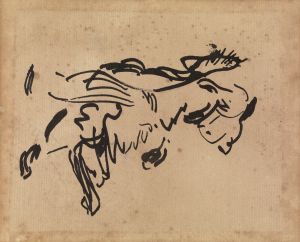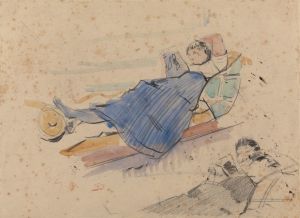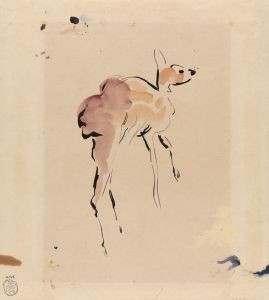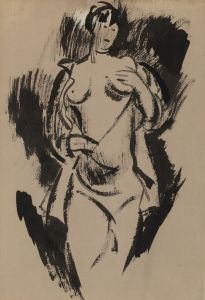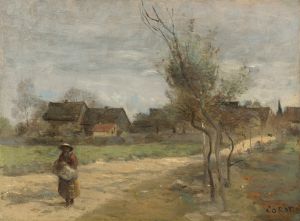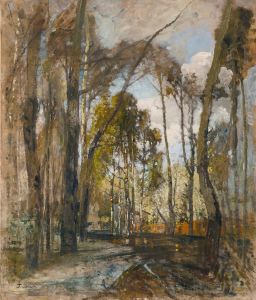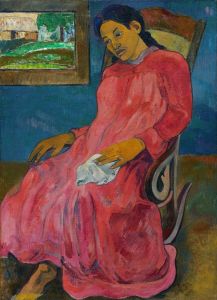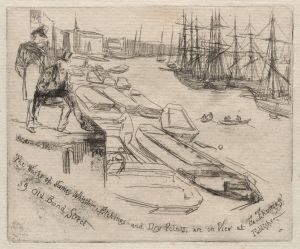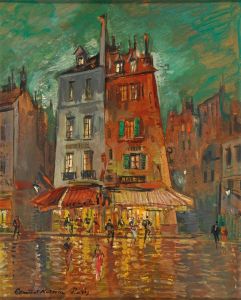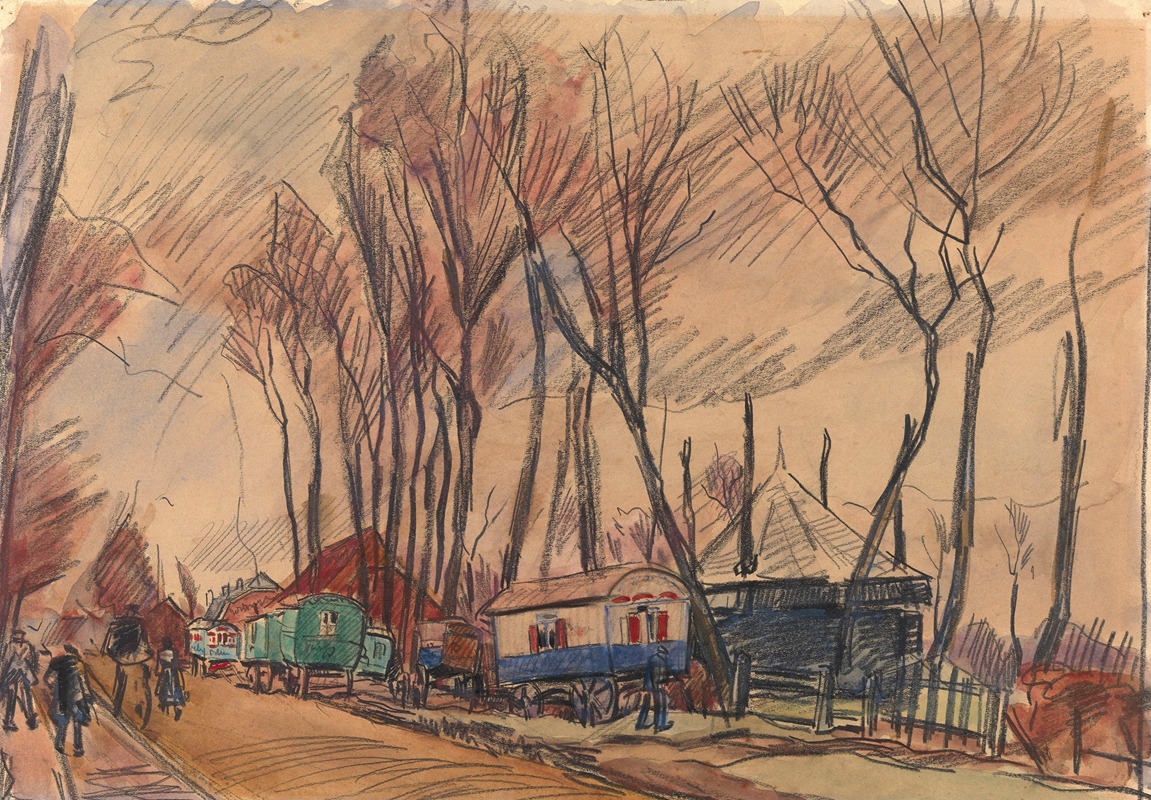
Road in the Rain – Amersfoort
A hand-painted replica of Rik Wouters’s masterpiece Road in the Rain – Amersfoort, meticulously crafted by professional artists to capture the true essence of the original. Each piece is created with museum-quality canvas and rare mineral pigments, carefully painted by experienced artists with delicate brushstrokes and rich, layered colors to perfectly recreate the texture of the original artwork. Unlike machine-printed reproductions, this hand-painted version brings the painting to life, infused with the artist’s emotions and skill in every stroke. Whether for personal collection or home decoration, it instantly elevates the artistic atmosphere of any space.
Rik Wouters was a notable Belgian painter and sculptor associated with the Fauvism movement, known for his vibrant use of color and expressive brushwork. Born on August 21, 1882, in Mechelen, Belgium, Wouters' career, though tragically short, left a significant impact on the art world. His works often depicted intimate domestic scenes, landscapes, and portraits, characterized by their lively colors and dynamic compositions.
"Road in the Rain – Amersfoort" is one of Wouters' paintings that exemplifies his unique style and approach to capturing the essence of a scene. While specific details about this particular painting are scarce, it can be understood within the broader context of Wouters' oeuvre and the artistic environment of his time.
Wouters' work is often associated with the Fauvist movement, which emerged in the early 20th century. Fauvism is characterized by its bold use of color, simplified forms, and an emphasis on painterly qualities. Artists within this movement sought to express emotion and mood through their vibrant palettes and dynamic compositions. Wouters, like his contemporaries, was influenced by these principles, which can be seen in the way he approached his subjects.
"Road in the Rain – Amersfoort" likely captures a moment of everyday life, a common theme in Wouters' work. His paintings often reflect a sense of immediacy and spontaneity, as if capturing a fleeting moment in time. The depiction of rain suggests an interest in exploring the effects of weather and light on the landscape, a subject that has fascinated artists for centuries. The choice of Amersfoort, a city in the Netherlands, as the setting indicates Wouters' travels and his interest in different locales, although specific reasons for this choice remain undocumented.
Wouters' technique involved loose, expressive brushstrokes and a vibrant color palette, which he used to convey the atmosphere and mood of the scene. This approach can be seen in "Road in the Rain – Amersfoort," where the interplay of colors and brushwork likely captures the texture of the rain-soaked environment and the movement of people or vehicles along the road.
Tragically, Rik Wouters' career was cut short by illness. He was diagnosed with cancer and passed away on July 11, 1916, at the age of 33. Despite his brief career, Wouters produced a substantial body of work that continues to be celebrated for its emotional depth and technical innovation. His paintings are held in various collections and museums, where they are appreciated for their contribution to early 20th-century art.
In summary, while specific information about "Road in the Rain – Amersfoort" is limited, it can be appreciated as part of Rik Wouters' broader artistic legacy. His work remains a testament to the expressive potential of color and form, capturing the beauty and complexity of everyday life with a unique and vibrant vision.






